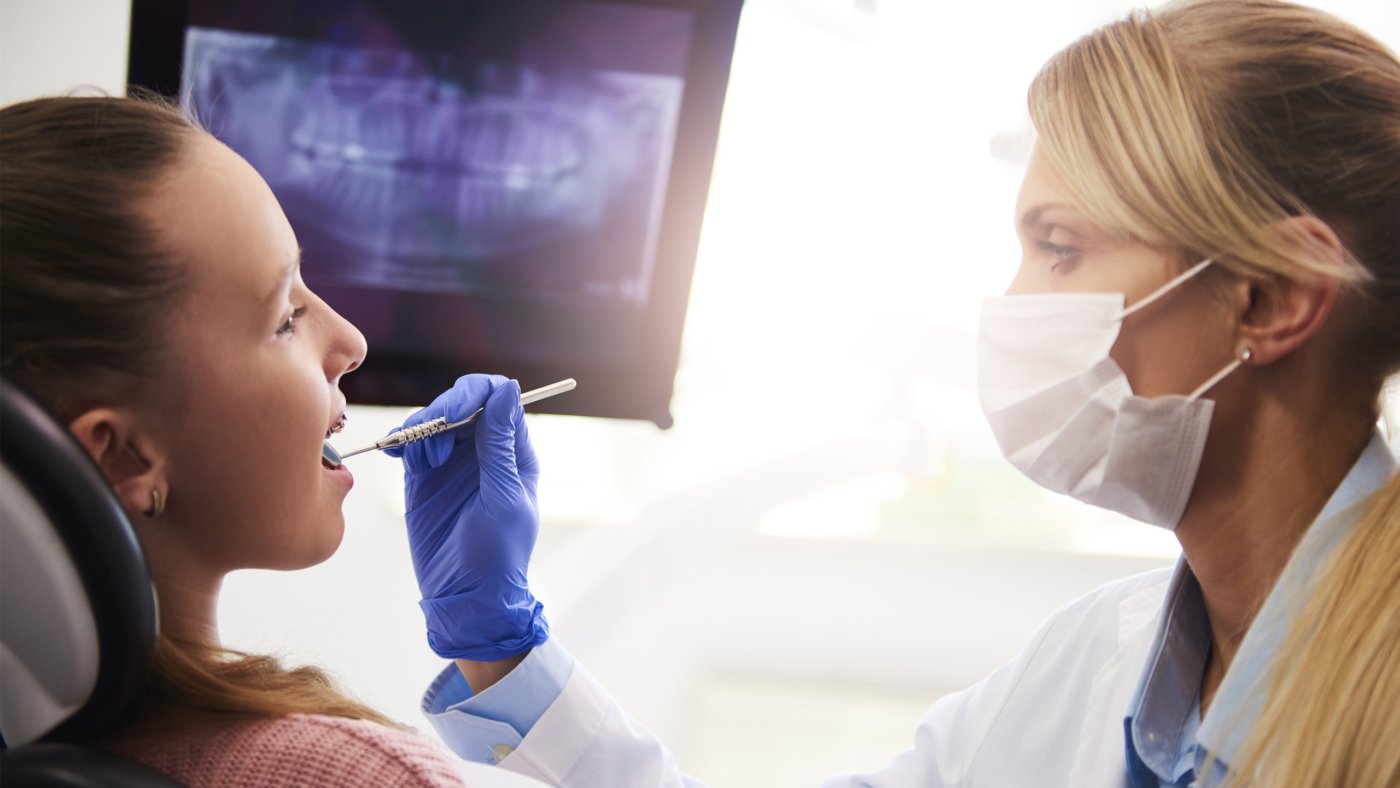Dental X-rays are a common diagnostic tool, with over 500 million taken annually in North America. While they are essential for detecting oral health issues, they come with hidden costs beyond financial expenses. Radiation exposure, health concerns, and delays in check-ups are significant drawbacks, particularly for vulnerable groups like children and expecting mothers. This blog explores the hidden costs of dental X-rays and highlights the need for safer, non-ionizing alternatives.
Radiation Exposure and Health Risks
Dental X-rays expose patients to ionizing radiation, which can accumulate over time and pose health risks. The average patient undergoes 4-6 X-rays annually, leading to concerns about long-term effects, especially for:
- Children: Their developing tissues are more sensitive to radiation.
- Expecting Mothers: Radiation can pose risks to fetal development.
These concerns often result in patients delaying or avoiding routine check-ups, increasing the likelihood of undetected oral health issues.
Delays in Early Detection
Radiation concerns often deter patients from undergoing X-rays regularly, leading to missed opportunities for early cavity detection. When cavities are caught early, they can often be treated with simple, less invasive procedures. However, delays in detection result in:
- More Extensive Treatments: Such as crowns, root canals, or extractions.
- Higher Treatment Costs: Complex procedures are significantly more expensive than preventive care.
Cumulative Impact on Vulnerable Groups
The hidden costs of dental X-rays are particularly significant for vulnerable populations:
- Children: Repeated radiation exposure over their lifetime increases the risk of long-term health issues.
- Pregnant Women: Many avoid dental care altogether due to fears of harming their baby, potentially neglecting important oral health needs.
These challenges emphasize the need for safer, non-ionizing alternatives that encourage regular check-ups without compromising health.
The Need for Safer Alternatives
Innovative, radiation-free technologies like Nuclident are addressing these challenges by offering non-ionizing, patient-friendly diagnostic tools.
- Safe for All Ages: No radiation exposure means children, pregnant women, and frequent patients can undergo regular imaging safely.
- Encourages Regular Check-ups: Patients are more likely to schedule routine visits when there are no risks involved.
- Early Detection: Advanced technologies provide accurate and early cavity detection, preventing costly and invasive treatments.
The hidden costs of dental X-rays go beyond financial expenses, impacting patient health and delaying necessary care. Radiation concerns often prevent early detection, leading to more extensive procedures and increased costs. Safer, non-ionizing technologies like Nuclident offer a better solution, ensuring patient safety while encouraging regular dental check-ups.
It’s time to move beyond traditional X-rays and adopt innovative solutions for safer, more effective dental diagnostics. Ask your dentist about radiation-free options like Nuclident today!

